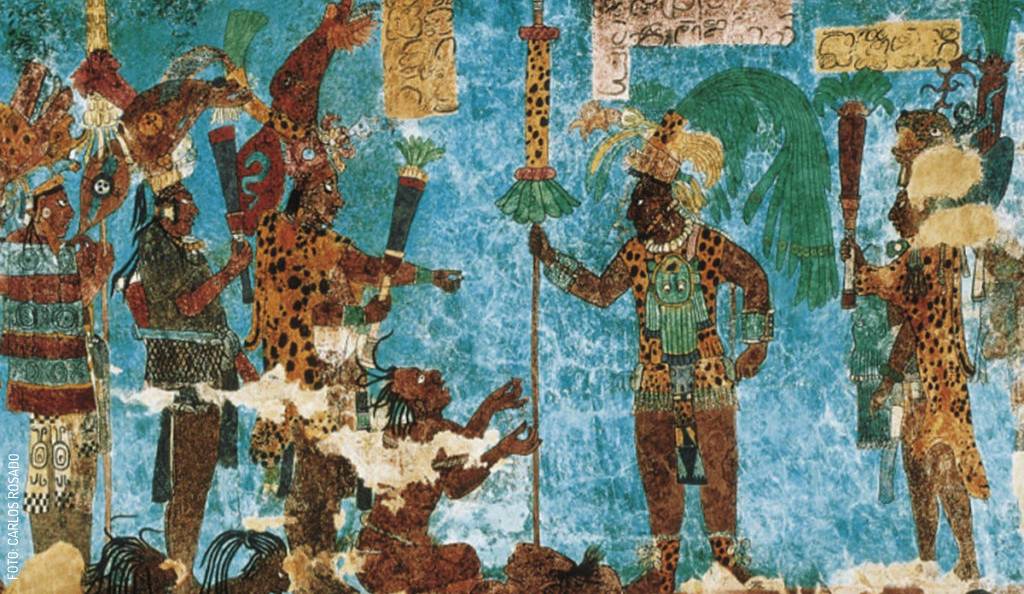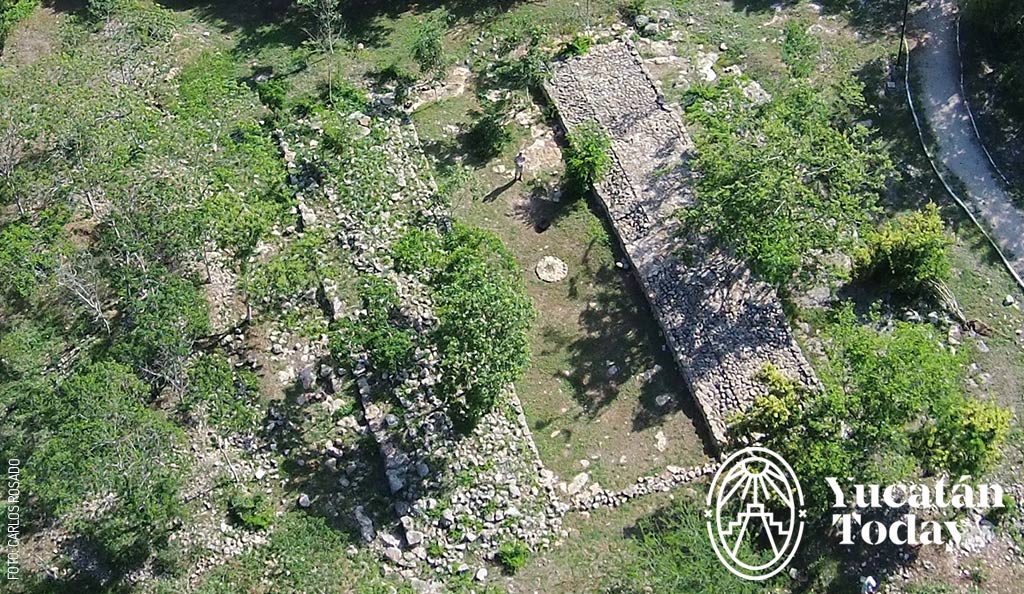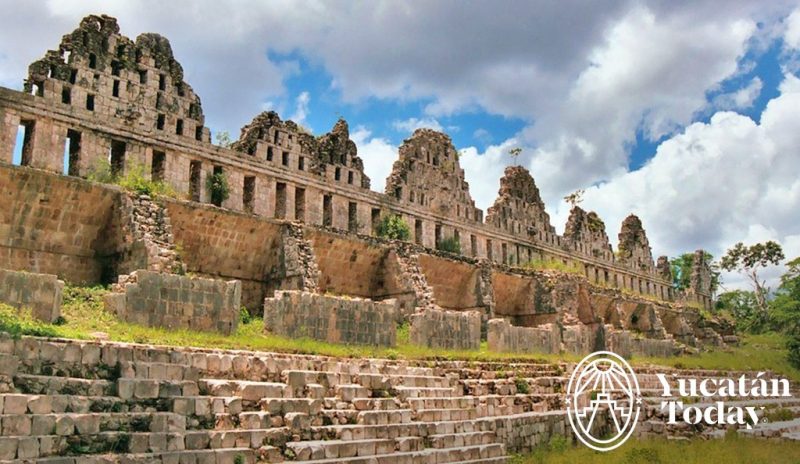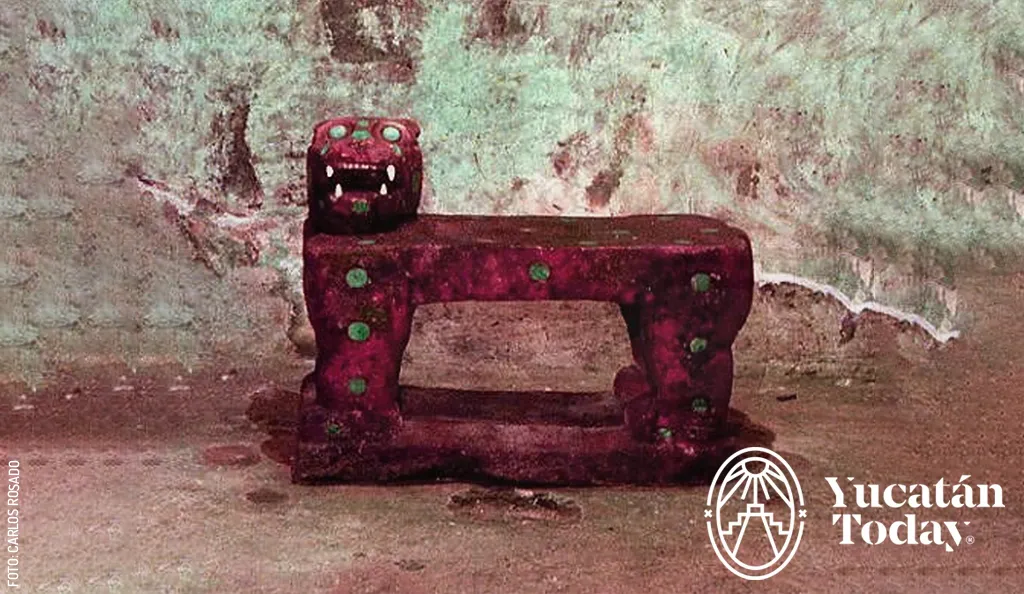Animals played a very important role in Maya life as a source of goods such as meat, feathers, and hides. However, in the Maya world, animals were not considered just a resource; they also held great religious, mythological, and symbolic importance. We can see evidence of this in several stories and legends as well as in their depictions in Maya art.

.webp)

It is not uncommon to see animals portrayed as possessing attributes or holding roles of a human or divine nature. For example, the Maya believed the dead were ferried in a canoe to Xibalbá (the underworld) by creatures such as frogs and crocodiles. In some cases, we even see gods of the Maya pantheon take on animal forms as is the case with Camazotz (the bat deity of the underworld) and the mighty Kukulkán (The Feathered Serpent) who famously takes on avian and reptilian characteristics.
This is not to say that animals in Maya art always appear other-worldly. In many ancient cities we can spot animal-themed reliefs of creatures such turtles and birds adorning the facades of grand structures. A good example of this can be seen in Uxmal on temples such as La Casa de las Tortugas (House of Turtles) and the upper section of the Grand Pyramid which features beautiful stone reliefs of parrots. Such details are of course beautiful, but it’s important to remember that their value is not just aesthetic. For example, turtles were closely linked to Lord Chaac; the rain god whose masks are the most dominant architectural feature of the city and the surrounding region. One of the most sacred animals for the Maya was the jaguar - the Balam. This animal is closely associated with the sun, but also with the night and consequently was thought to have the ability to cross between the realms of the living and the dead. One of the most famous depictions of jaguars in Yucatán is that of Kukulkán's Jaguar Throne, located in the interior of the Pyramid of Kukulkán in the city of Chichén Itzá.
.webp)


Kings and powerful people all over the Maya world, would often seek to identify themselves and their family by taking on the jaguar’s name as their own. They also jealously guarded the exclusive right to don its pelt as it was seen to be a symbol of great authority.
Though times change, mankind's relationship with animals remains. What’s the role of animals in your life? Would you venture to call your relationship with any of them sacred?

Author: Carlos Rosado van der Gracht
Coming from a Mexican/Canadian family, Carlos Rosado van der Gracht is an adventure travel guide, blogger, and photographer with studies in Multimedia, Philosophy, and Translation.
¡Receive the latest articles and much more from the best of Yucatán in your email!
Related articles

The Fascinating Story of the Vibrant Maya Blue
There are colors, such as red and green, that are easy to extract. Blue is another story. Their solution was called Maya Blue.
Pok Ta Pok, the Enigmatic Ritual “Sport” of the Maya
Known in Yucatán as Pok Ta Pok, the Mesoamerican ball game is a ritual sport played since at least 1650 BC by pre-Columbian people.




